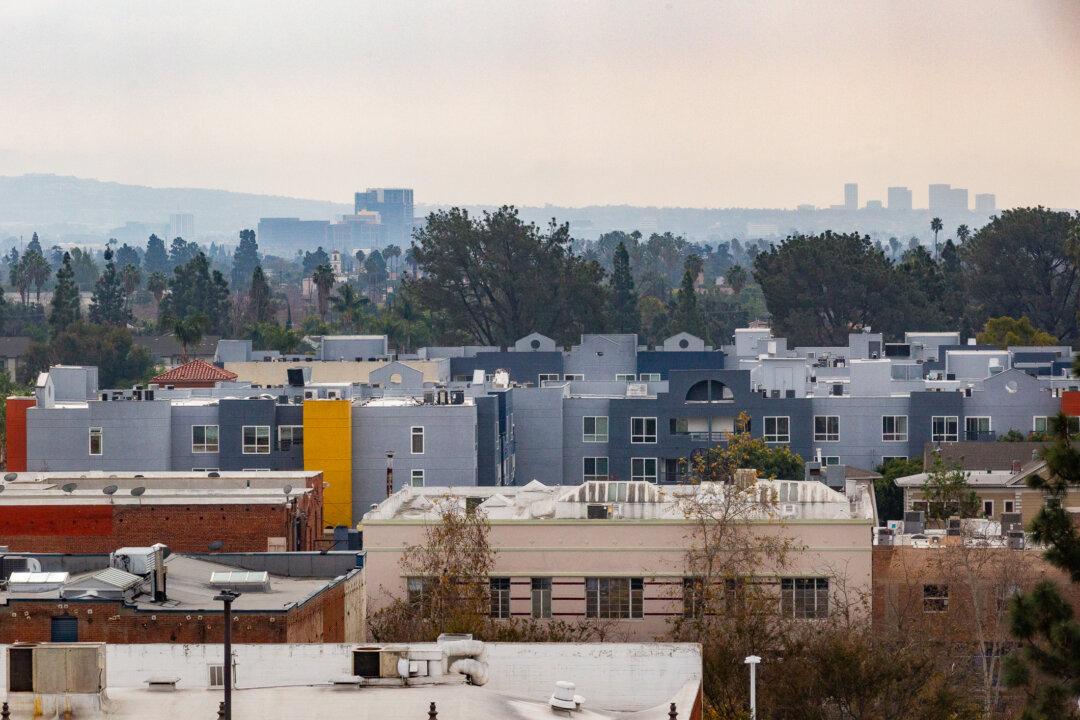Commentary
On Sept. 16, two days after he handily survived a recall attempt, California’s Democratic Gov. Gavin Newsom signed into a law a bill that obliterates zoning for detached single-family housing in the state.

On Sept. 16, two days after he handily survived a recall attempt, California’s Democratic Gov. Gavin Newsom signed into a law a bill that obliterates zoning for detached single-family housing in the state.